Track marking paint is a specialized type of paint used to create clear and visible markings on various surfaces, particularly in sports fields, warehouses, factories, and other industrial settings. Also known as line marking paint, it is designed to provide durable and long-lasting lines for improved safety, organization, and aesthetics. Eagle Coatings UK, a reputable manufacturer in the industry, offers high-quality track marking paint.
Track marking paint offers several benefits, including enhanced visibility, improved safety, easy application, and versatility. Whether it’s for athletic tracks, car parks, or industrial floors, track marking paint ensures clear demarcation of areas, guiding people and vehicles with easily distinguishable lines.
There are different types of track marking paint available to suit specific requirements. Water-based track marking paints offer quick-drying properties and low environmental impact. Solvent-based paints provide excellent durability and resistance to harsh weather conditions. Other variants include epoxy paint, which offers superior adhesion, and thermoplastic paint, which is commonly used for road markings due to its high reflectivity and longevity.
Understanding the application process is crucial for achieving accurate and long-lasting track markings. The process requires specific tools and equipment, such as line marking machines, sprayers, rollers, stencils, and measuring tapes. Following the correct steps, which involve surface preparation, line marking techniques, and proper drying, ensures optimal results and longevity of the track markings.
In sports, track marking paint plays a crucial role in athletics. It is used to mark running tracks, start and finish lines, lane dividers, and other important areas. This ensures fair and accurate competition, aids in timing and measuring, and enhances the overall sports experience. Safety considerations, such as using non-slip paint and following specific measurements and regulations, are essential for a safe and successful sporting event.
In industrial applications, track marking paint is used in warehouses and factories to mark pedestrian walkways, forklift routes, hazardous areas, and storage zones. These markings help improve safety, organization, and efficiency in industrial environments. Compliance with safety regulations, such as using appropriate colours and signage, is crucial for maintaining a safe working environment.
Considering environmental impact, there is an increasing focus on eco-friendly track marking paints. Water-based and low-VOC (volatile organic compounds) options are available that minimize harm to the environment. Taking measures such as using recycled materials, responsible waste management, and choosing sustainable paint formulations can further reduce the environmental impact of track marking paint.
Understanding the benefits, application process, usage in sports and industrial settings, and environmental considerations associated with track marking paint is essential for ensuring safety, efficiency, and sustainability in various applications.
Key takeaway:
- Eagle Coatings UK specializes in track marking paint, providing innovative solutions for various applications.
- Track marking paint offers numerous benefits, such as improved visibility, safety, and organization in sports and industrial settings.
- There are different types of track marking paint, including water-based, solvent-based, and epoxy-based, each with its own advantages.
- The application process requires specific tools and equipment, and following proper steps ensures optimal results.
- In sports, track marking paint is used for athletic events to define boundaries, lanes, and markings, enhancing performance and safety.
- Safety considerations in sports track marking involve using non-toxic paints and ensuring compliance with regulations.
- In industrial applications, track marking paint is utilized in warehouses and factories to designate pathways, zones, and hazard areas.
- Industry-specific safety regulations ensure that industrial track marking paint meets the required standards.
- Track marking paints can have an environmental impact, but measures can be taken to minimize it, such as using eco-friendly formulations and proper disposal methods.
- By choosing Eagle Coatings UK for track marking paint, you can enjoy the benefits of improved visibility, safety, and environmental sustainability.
What is Track Marking Paint?
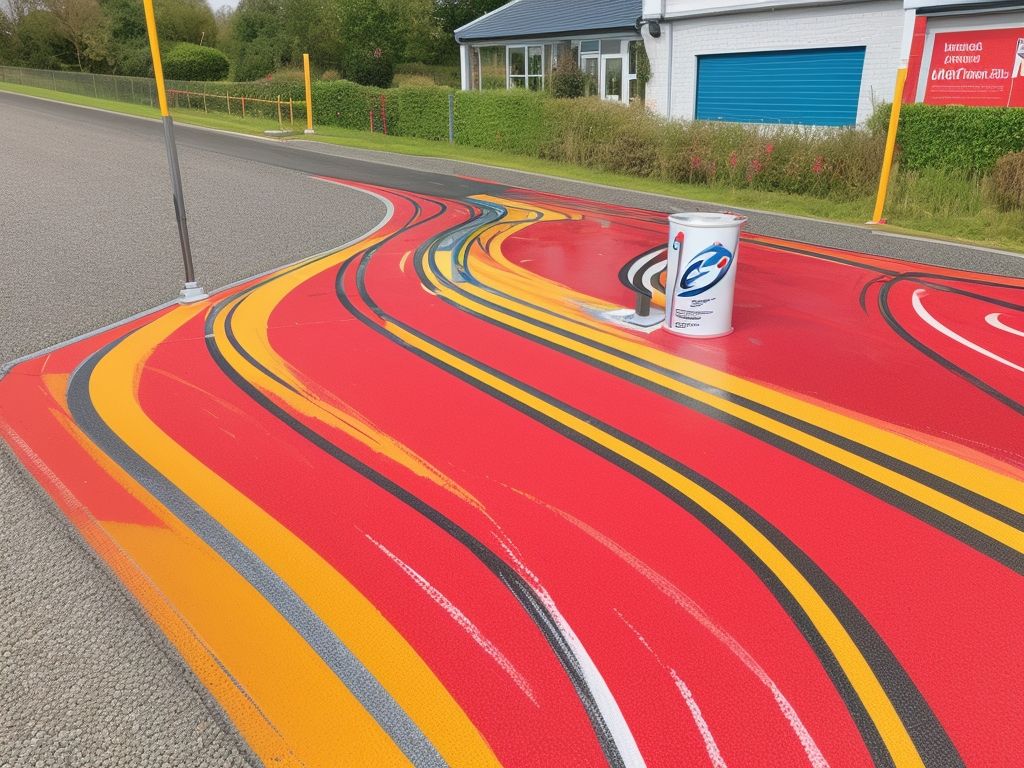
Photo Credits: Runningtrackresurfacing.Uk by Vincent Flores
Track marking paint is a type of paint used to mark lines on various surfaces, including roads, parking lots, sports fields, and construction sites. It is designed to be highly visible and long-lasting, ensuring that the marked lines remain clear and easily distinguishable. Here are some key points to understand about track marking paint:
- Composition: Track marking paint is typically made of a durable and pigmented material that provides high visibility. It may contain binders, pigments, solvents, and additives to enhance its performance and longevity.
- Application: The paint is applied using specialised equipment, such as line striping machines or spray guns, to ensure accuracy and efficiency. It is important to properly prepare the surface before application to ensure proper adhesion and longevity of the markings.
- Colours: Track marking paint is available in a variety of colours, including white, yellow, red, blue, and more. Each colour has a specific meaning and usage. For example, white is commonly used for centre lines or lane dividers on roads, while yellow is used for marking curbs or parking spaces.
- Durability: Track marking paint is designed to withstand heavy traffic and harsh weather conditions. It is formulated to resist fading, cracking, and peeling, ensuring that the markings remain visible for an extended period of time.
- Safety: The high visibility of track marking paint enhances safety by clearly indicating traffic flow, designated areas, and potential hazards. It helps drivers, pedestrians, and workers navigate and understand the intended usage of the marked area.
Whether for traffic control or marking athletic fields, track marking paint plays a crucial role in creating clear and well-defined lines. Its durability and visibility make it an essential tool in various industries and applications.
What Are the Benefits of Track Marking Paint?
Track marking paint offers several benefits that make it a valuable tool for various applications:
- Improved Visibility: One of the key advantages of track marking paint is its ability to enhance the visibility of lines and markings on a track or field. This is particularly crucial in sports like athletics, where clear and well-defined lines are essential for accurate measurements and fair competitions.
- Enhanced Safety: Track marking paint helps create a clear and delineated path, making it safer for athletes, officials, and spectators. By clearly marking boundaries, lanes, and track areas, it helps prevent confusion and potential accidents.
- Professional Appearance: The use of track marking paint gives any track, whether in a sports facility or an industrial setting, a professional and polished look. Clear and well-defined markings contribute to a visually appealing environment, enhancing the overall aesthetics of the area.
- Durability: High-quality track marking paints are designed to withstand heavy foot traffic, outdoor elements, and regular maintenanc
- Prepare the surface: Thoroughly clean the track surface to remove any dirt, debris, or old paint. This can be done using a pressure washer or a scraper.
- Choose the right paint: Select a track marking paint that is specifically designed for outdoor sports surfaces. Consider factors such as durability, colour options, and environmental impact.
- Mix the paint: Follow the manufacturer’s instructions to properly mix the paint. This may involve adding a specific ratio of water or other components to achieve the desired consistency.
- Apply a primer (if necessary): In some cases, a primer may be required to improve adhesion and enhance the longevity of the paint. Consult the paint manufacturer’s guidelines to determine if a primer is necessary.
- Mark the lines: Use measuring tools, such as a tape measure or a chalk line, to mark the desired lines on the track surface. Ensure that the lines are straight and accurate.
- Apply the paint: Use a paint roller or a spray gun to apply the track marking paint evenly and consistently. Start from one end of the marked line and work towards the other end.
- Allow drying time: Follow the recommended drying time provided by the paint manufacturer. This will ensure that the paint fully cures and adheres to the surface.
- Inspect and touch up: Once the paint has dried, inspect the lines for any imperfections or areas that require touch-ups. Touch up any uneven or faded areas to maintain a professional finish.
- Maintain the paint: Regularly inspect and maintain the track marking paint to extend its lifespan. This may involve cleaning the surface, reapplying paint as needed, and addressing any damage or wear.
- Marking tape: It is essential to have a roll of high-quality marking tape that can withstand outdoor conditions and create straight and precise lines on the track.
- Measuring tools: Measuring tape or a measuring wheel is necessary to ensure accurate measurements when marking the track, maintaining the correct distances and dimensions.
- Spray paint: Track marking requires high-quality spray paint that is specifically designed for this purpose. The paint should be weather-resistant, fast-drying, and available in different colors for various sections or markings on the track.
- Paint applicators: Different types of paint applicators can be used, such as airless spray machines, line stripers, or manual handheld spray cans. The choice of applicator depends on the track size and desired precision level.
- Protective equipment: It is important to wear protective equipment when working with track marking paint. This includes gloves, safety goggles, and a mask to protect against fumes and chemicals.
- Stencils or templates: Stencils or templates can be used to create specific markings or symbols on the track, such as numbers, arrows, or logos. These can be customized according to the track’s requirements.
- Cleaning tools: Brushes, scrapers, and solvents may be needed to clean the track surface before applying the paint and remove any excess or unwanted markings.
- Safety cones or barriers: Safety cones or barriers should be used to cordon off the area being marked, ensuring the safety of workers and athletes and preventing accidents or interference with the application process.
- Clean the surface: Prior to applying the track marking paint, it is essential to make sure that the surface is clean and free from any dirt, debris, or loose paint. Use a broom or brush to remove any loose particles.
- Prepare the paint: Follow the manufacturer’s instructions to mix the track marking paint. This may involve adding a catalyst or diluting the paint with a specific amount of water or solvent.
- Choose the right tools: Depending on the size of the area you are marking, select a spray gun, roller, or brush that will allow for precise application and coverage.
- Apply the paint: Begin at one end of the area and apply the track marking paint in even coats. Use long, sweeping motions to ensure consistent coverage. If using a brush or roller, be careful to avoid excess paint buildup or drips.
- Allow for drying time: It is important to let the track marking paint dry completely before allowing any foot or vehicular traffic on the surface. Follow the manufacturer’s instructions for drying time, as it may vary depending on environmental conditions.
- Read and carefully follow the manufacturer’s instructions to ensure proper mixing ratios and application techniques.
- Test a small area before applying the paint to the entire surface to check for compatibility, adhesion, and desired results.
- Wear appropriate protective gear, such as gloves and safety goggles, when handling track marking paint.
- Consider using stencils or templates for more precise and uniform markings.
- Regularly inspect and maintain the track markings to ensure they remain visible and in good condition.
- Clear visibility: Proper track marking ensures that all lines, zones, and boundaries are clearly visible to athletes, coaches, and officials. This helps in preventing accidents or collisions during sporting events.
- Slip-resistant surface: Sports track marking paint should provide a slip-resistant surface to prevent athletes from slipping or losing their balance during races or field events. Choosing a paint with anti-slip properties is essential for athlete safety.
- Non-toxic and non-irritating: It is crucial to select track marking paint that is non-toxic and non-irritating to athletes’ skin. This reduces the risk of allergic reactions or skin irritations caused by prolonged contact with the paint.
- Fast-drying: Using track marking paint that dries quickly is essential to minimize the risk of athletes slipping on wet paint and to ensure that the markings do not smudge during competitions or training sessions.
- Long-lasting and weather-resistant: Sports track markings should be able to withstand various weather conditions, including rain, heat, and direct sunlight, without fading or deteriorating. This ensures the longevity of the markings and reduces the need for frequent reapplication.
- Compliance with safety regulations: It is important to adhere to safety regulations and guidelines set by sports governing bodies when applying track marking paint. This includes ensuring the correct dimensions and placement of markings to ensure fair play and athlete safety.
- The eco-friendliness of track marking paints can vary based on their composition and manufacturing process.
- Water-based track marking paints are generally considered to be more environmentally friendly compared to solvent-based paints. These paints have lower levels of volatile organic compounds (VOCs) and are less harmful to the environment.
- Some track marking paints are formulated with biodegradable components, making them more eco-friendly. These paints naturally break down over time and have minimal impact on the ecosystem.
- It is important to choose track marking paints that are labelled as non-toxic and non-hazardous. These paints are safer for both the environment and the individuals using them.
- When evaluating the eco-friendliness of track marking paints, it is also important to consider the recyclability of packaging materials. Opting for paints that come in recyclable containers helps reduce waste and promotes sustainability.
- Choose eco-friendly paint options: Look for track marking paints that are labelled as environmentally friendly or low in volatile organic compounds (VOCs). These paints have lower levels of harmful chemicals and can help reduce air pollution.
- Use water-based paints: Water-based track marking paints are a better choice compared to solvent-based paints, as they have lower VOC emissions and are less harmful to the environment.
- Reduce paint waste: Properly calculate the amount of paint needed for the job to minimise wastage. This can be done by measuring the area to be marked and selecting the appropriate quantity of paint.
- Reuse and recycle: Whenever possible, reuse or recycle paint containers and other materials used during the application process. This reduces waste and promotes a more sustainable approach.
- Proper disposal: Follow local regulations for the disposal of paint waste and empty containers. Improper disposal can have detrimental effects on the environment, so it’s essential to dispose of them responsibly.
- ✅ Eagle Coatings UK specializes in commercial and industrial protective coatings. (Source: eaglecoatings.com)
- ✅ With over 20 years of expertise, Eagle Coatings UK minimizes energy loss and protects assets. (Source: eaglecoatings.com)
- ✅ Eagle Coatings UK offers solutions for various problems in different projects. (Source: eaglecoatings.com)
- ✅ Their products are advanced liquid waterproofing systems, including Ultraflex®, Ultratop, and ClearCoat. (Source: eagle-waterproofing.com)
- ✅ Eagle Coatings UK’s liquid polyurethane membrane, ULTRAFLEX, is suitable for use in PassivHaus Plus buildings. (Source: eagle-waterproofing.com)
- American Sports Builders Association: Advancing Sports Development in the UK

- Boost Your Fitness with Fit4thefuture Training Camps – Enhance Your Future Health

- Boost Your Fitness with Fit4thefuture Training Camps in EnglishUK Language

- Boost Your Style and Comfort with Foot Traffic’s Trendy Shoes & Clothing in EnglishUK

- Boost Your Style with Foot Traffic – Find the Perfect Shoes & Clothing in EnglishUK Language

- Conica Technik AG: Leading Conipur Track Surface Manufacturer in UK
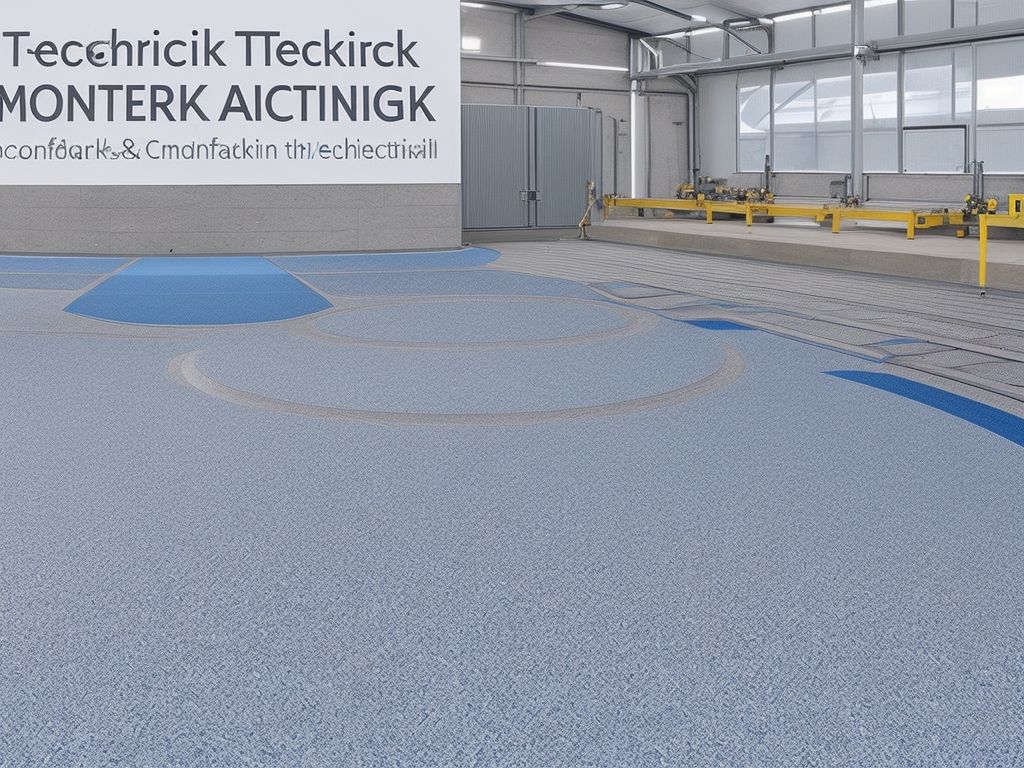
- Discover the American Sports Builders Association – Leading Experts in Sports Facility Construction

- Discover the Perfect Timing Clocks from Contarnex Europe Limited – English UK Language

- En-Tout-Cas Sports Surfaces: Expert Track Construction & Equipment
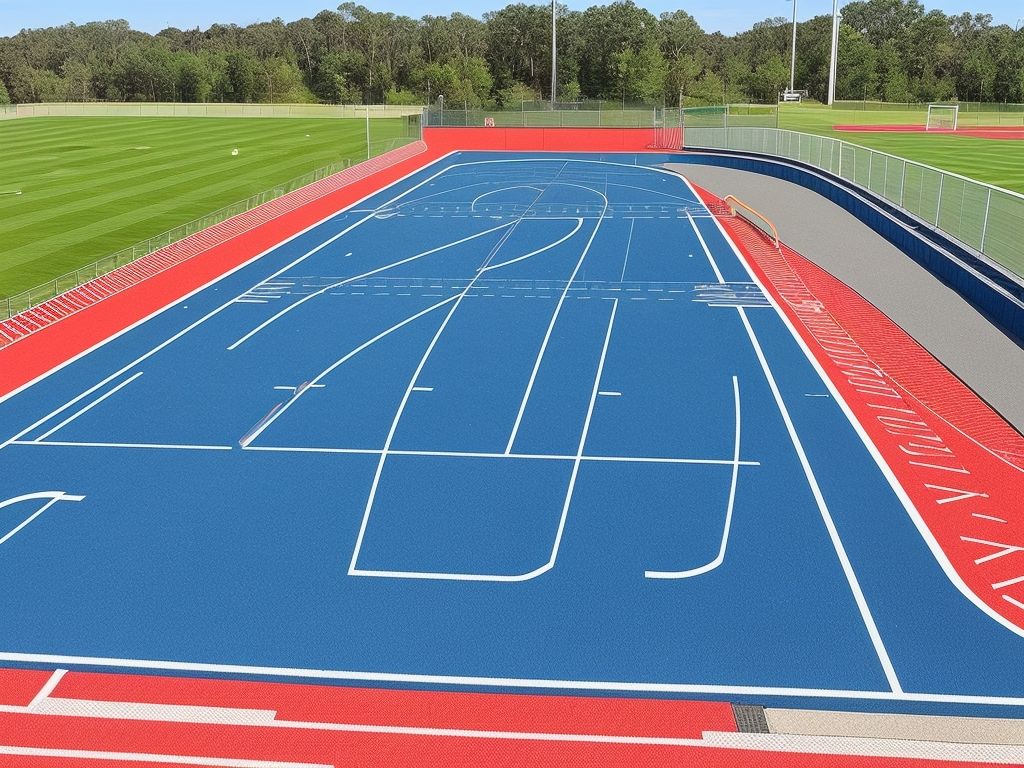
- En-Tout-Cas Sports Surfaces: Track Construction & Equipment in EnglishUK

- Enhance Athletic Field Performance with Eagle Coatings UK Track Marking Paint
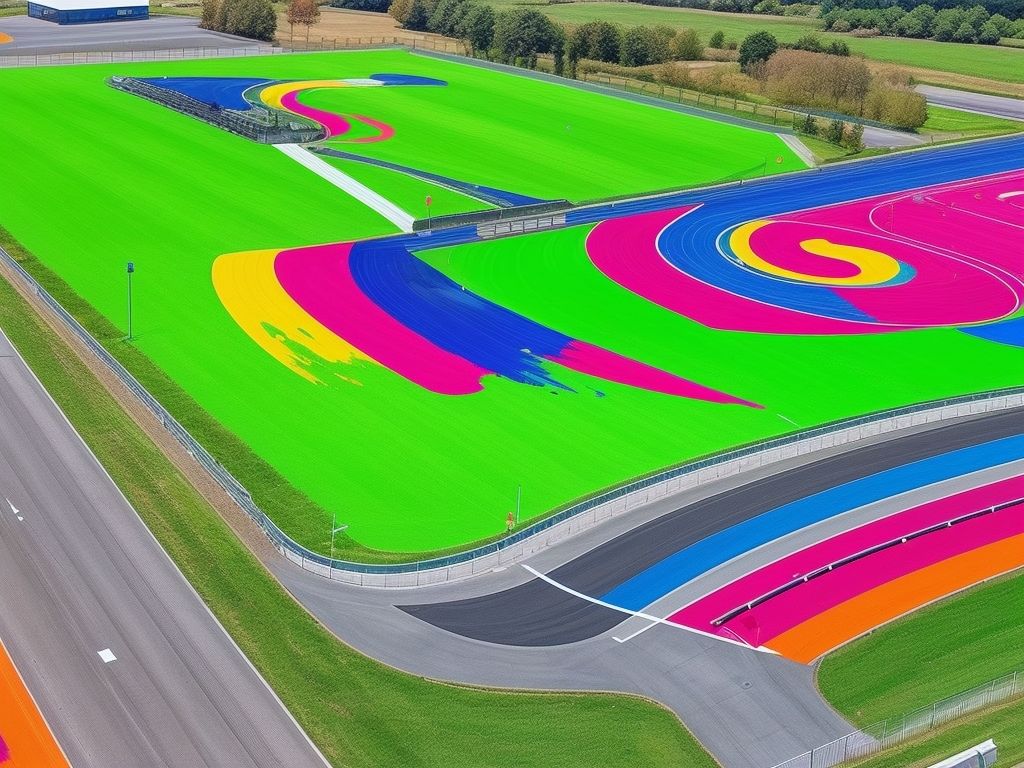
- Enhance Efficiency with Computomarx for Accurate Track Marking Calculations

- Enhance Performance with Conica Technik’s Conipur Track Surface – UK

- Enhance Sports Grounds with Top-Quality Eagle Coatings UK Track Marking Paint
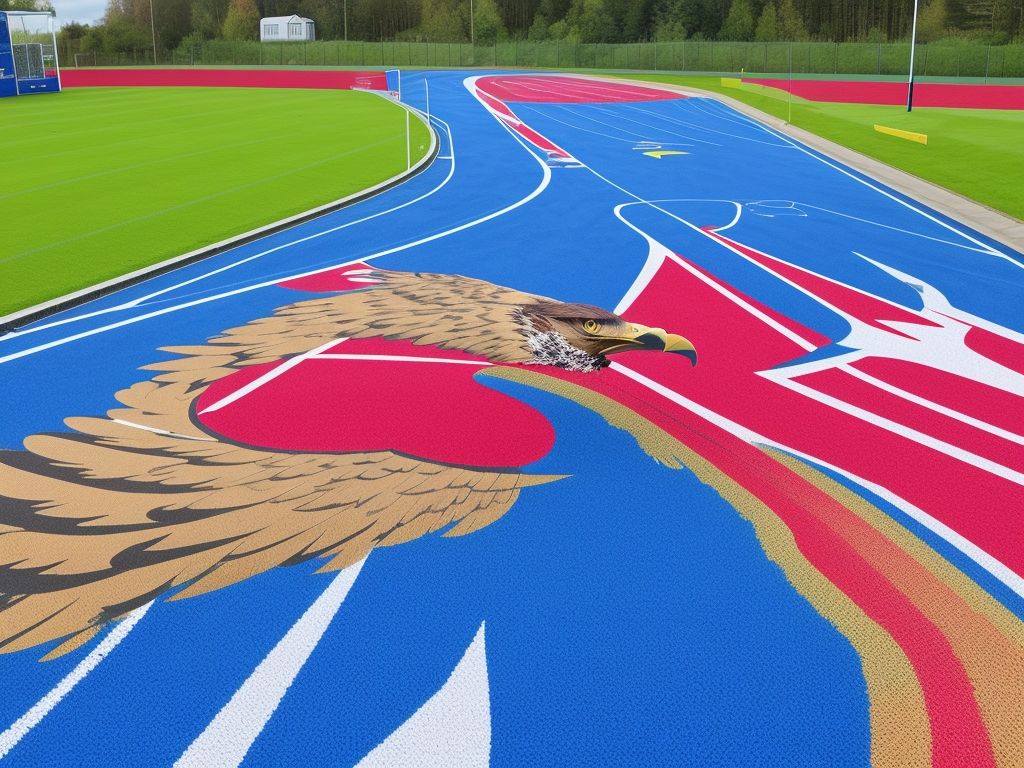
- Enhance Your Track with Athletic Markings Limited’s Expert Track Marking Services
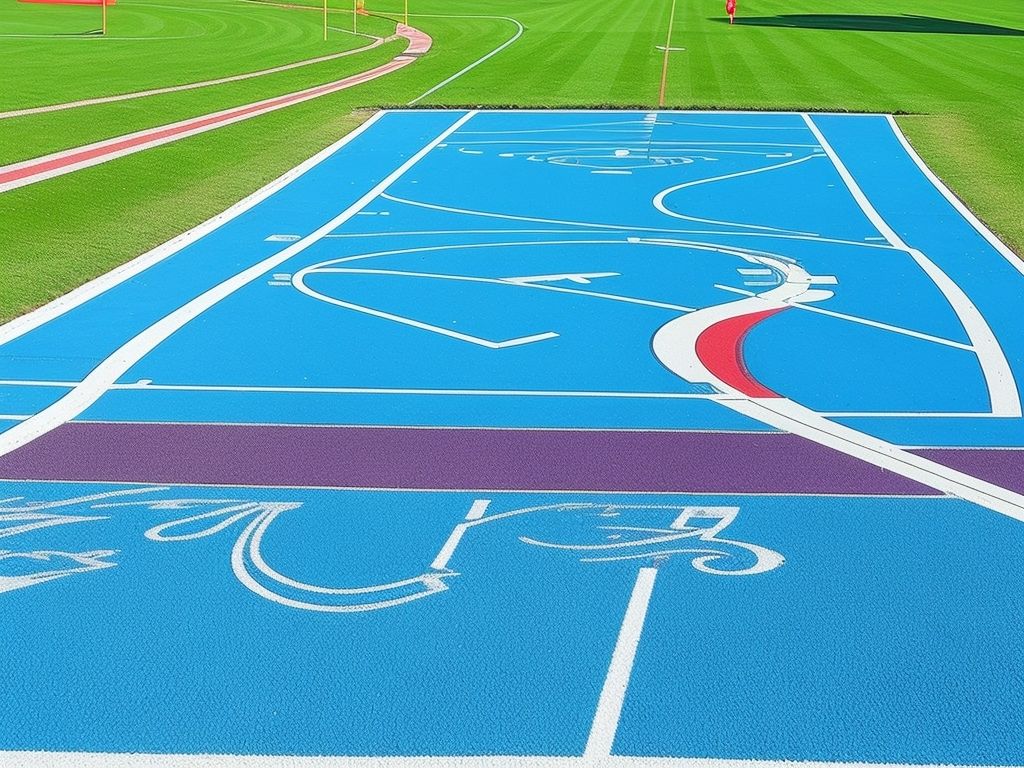
- Expert Guide to Fox Sports Surfaces: Construction Techniques and Pro Tips

- Expert Track Construction | Bernhard’s Sport Surfaces Limited | EnglishUK Language
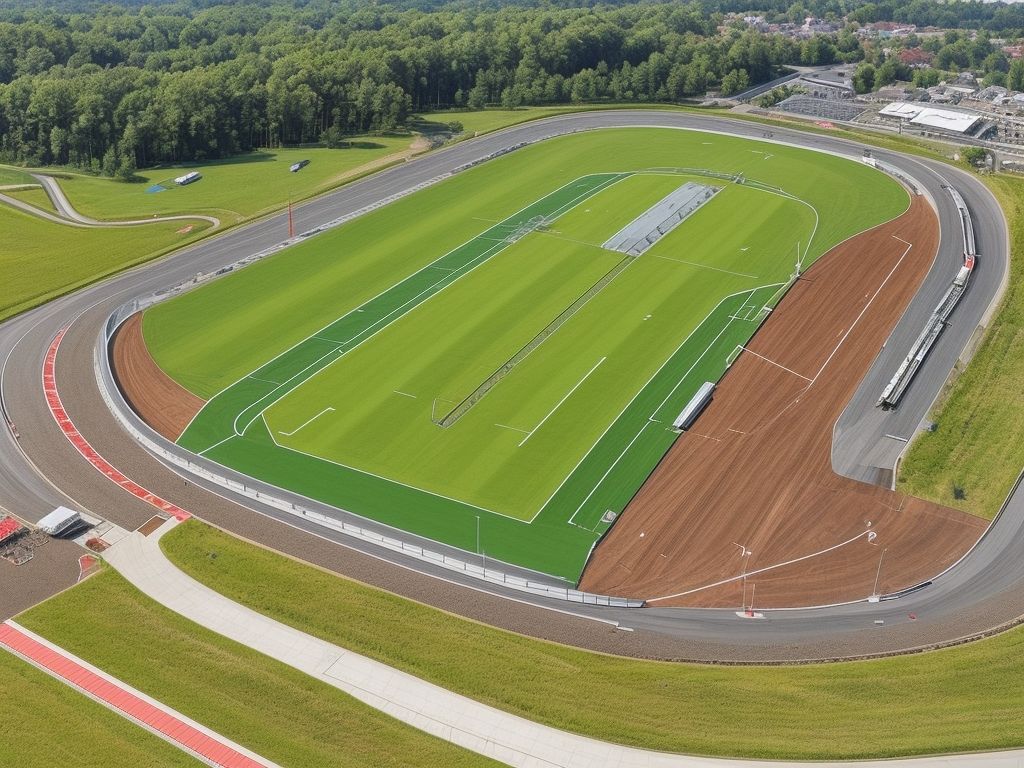
- Expert Track Construction Contractor – Fitzpatrick: Industry Leader in England

- Expert Track Construction Contractor – Fitzpatrick: Transforming Railways for Efficiency

- Expert Track Construction Contractor – H.E. Construction Services Ltd.

- Expert Track Construction Contractor: H.E. Construction Services Ltd.
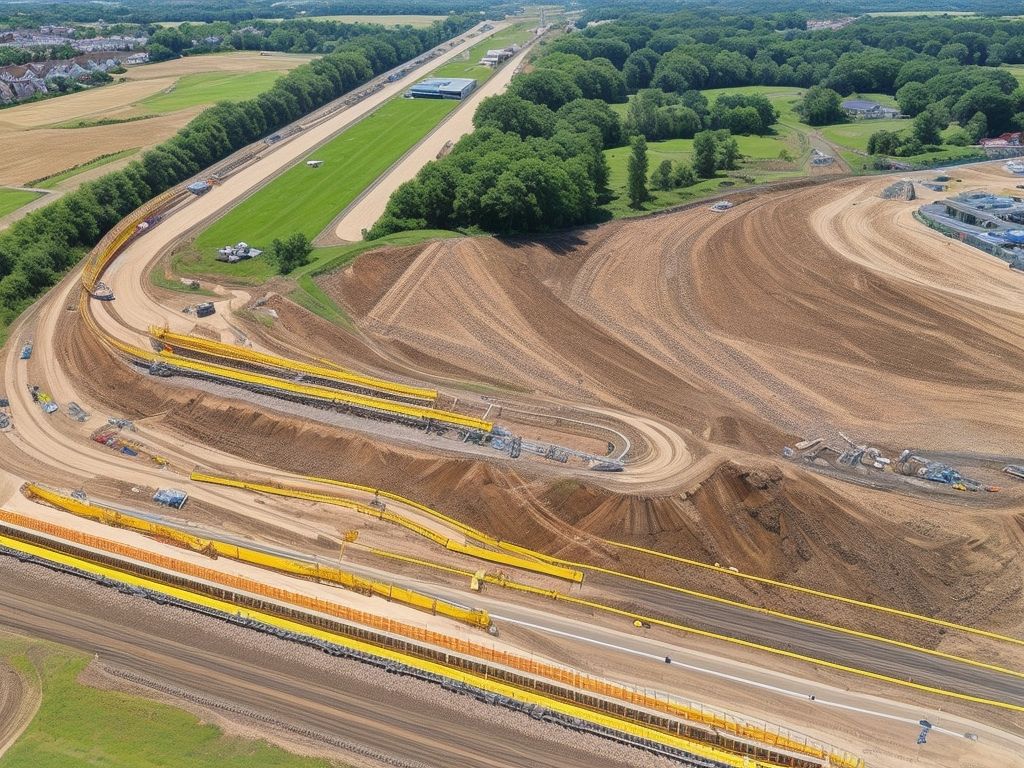
- Fast Track Marketing Strategies to Boost Your Business – Must-Know Efficient Techniques

- Fast Track Marketing: Accelerating Success Through Strategic Tactics | EnglishUK

- Improve Timekeeping with Contarnex Europe Limited’s Timing Clocks – EnglishUK Language

- Mastering Computomarx: Smarter Track Marking Calculations for Engineers | EnglishUK
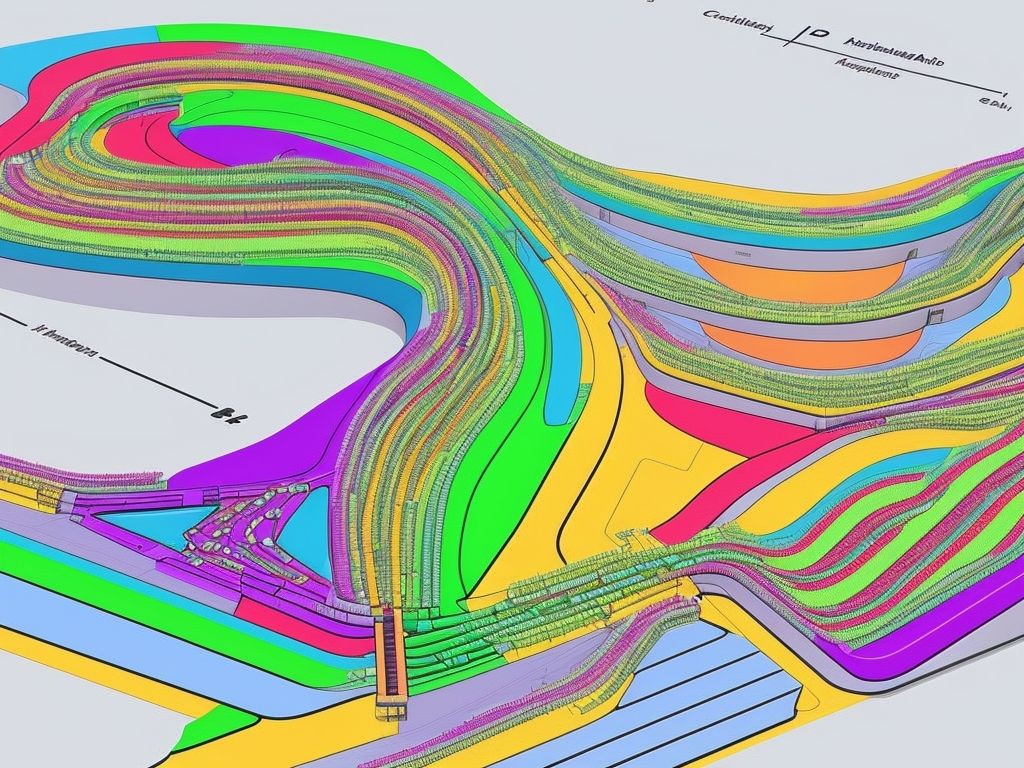
- Protect Your Sport Equipment with High-Quality Covers – Covers 4 Sport
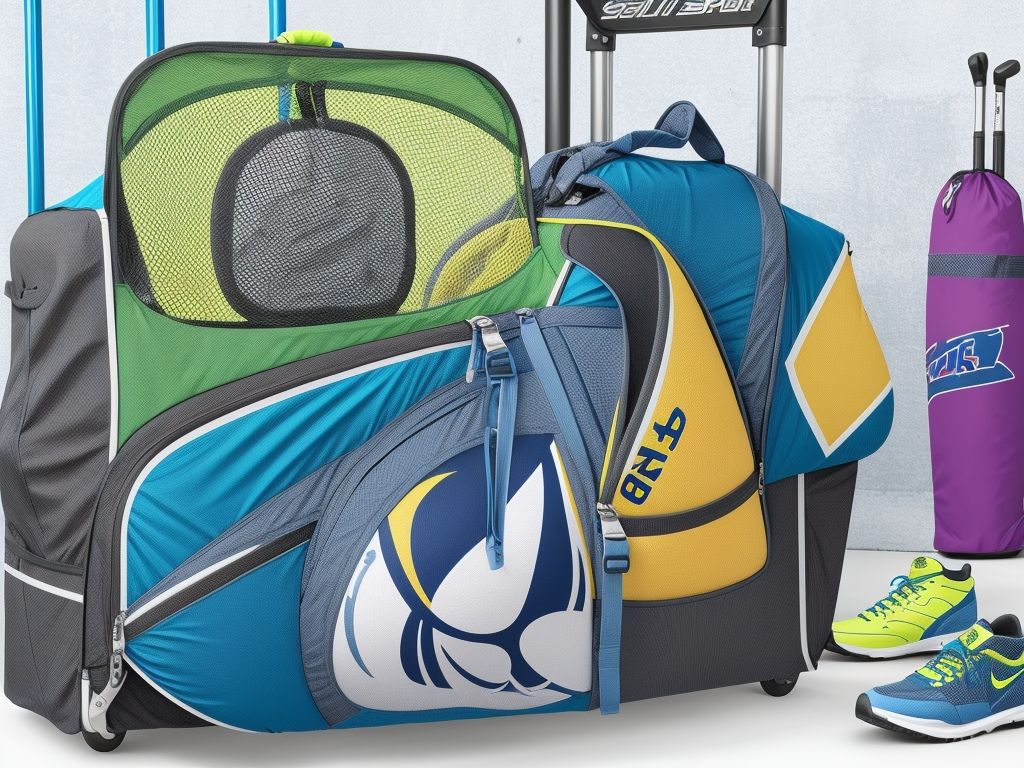
- Protect Your Sports Equipment with High-Quality Covers | Covers 4 Sport UK

- The Ultimate Guide to Fox Sports Surfaces: Track Construction & Maintenance
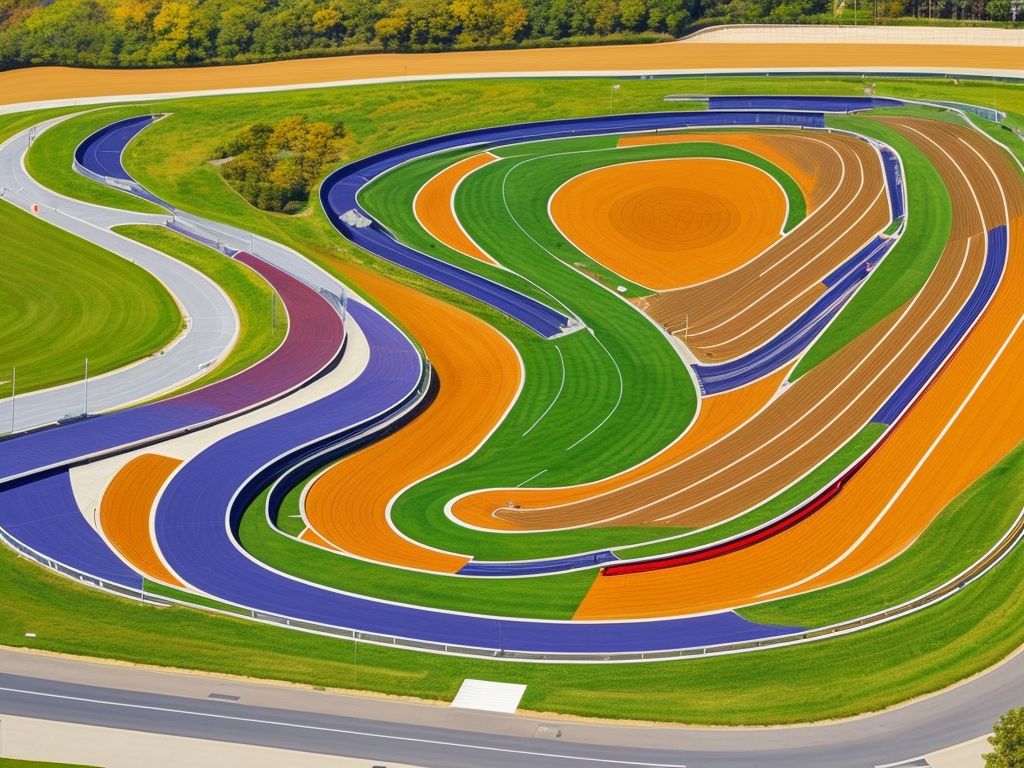
- Track Construction Experts – Bernhard’s Sport Surfaces Limited
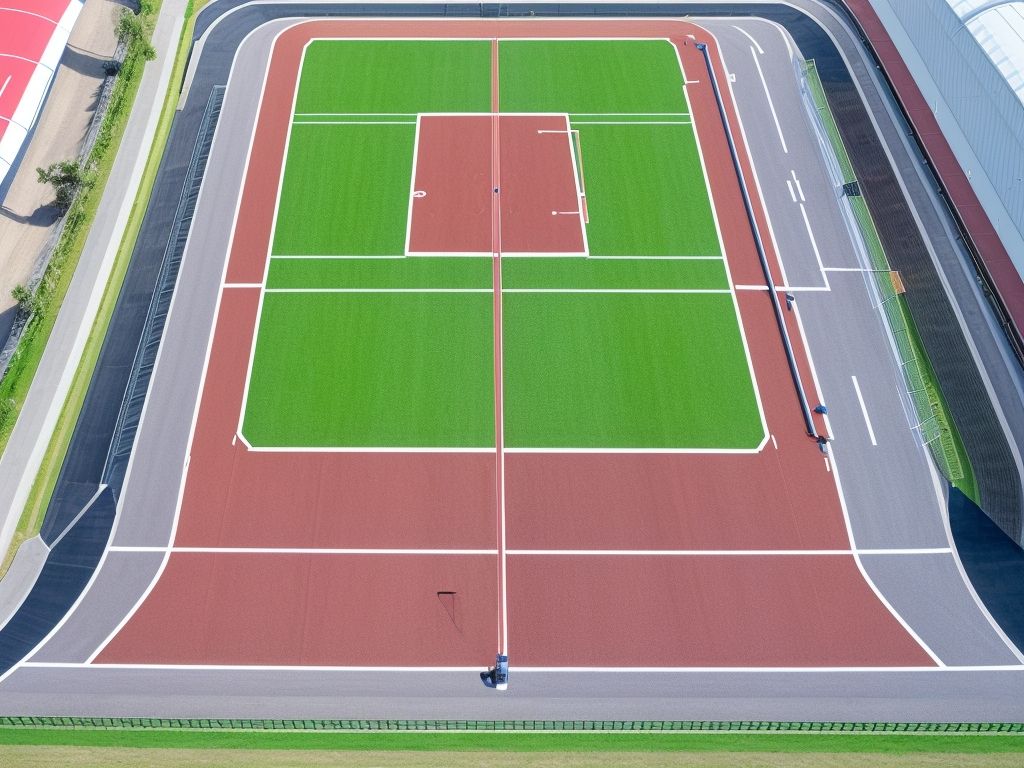
- Track Construction Services by Charles Lawrence Surfaces plc | UK’s Leading Provider

- Track Marking Services by Athletic Markings Limited – Improve Athletic Performance
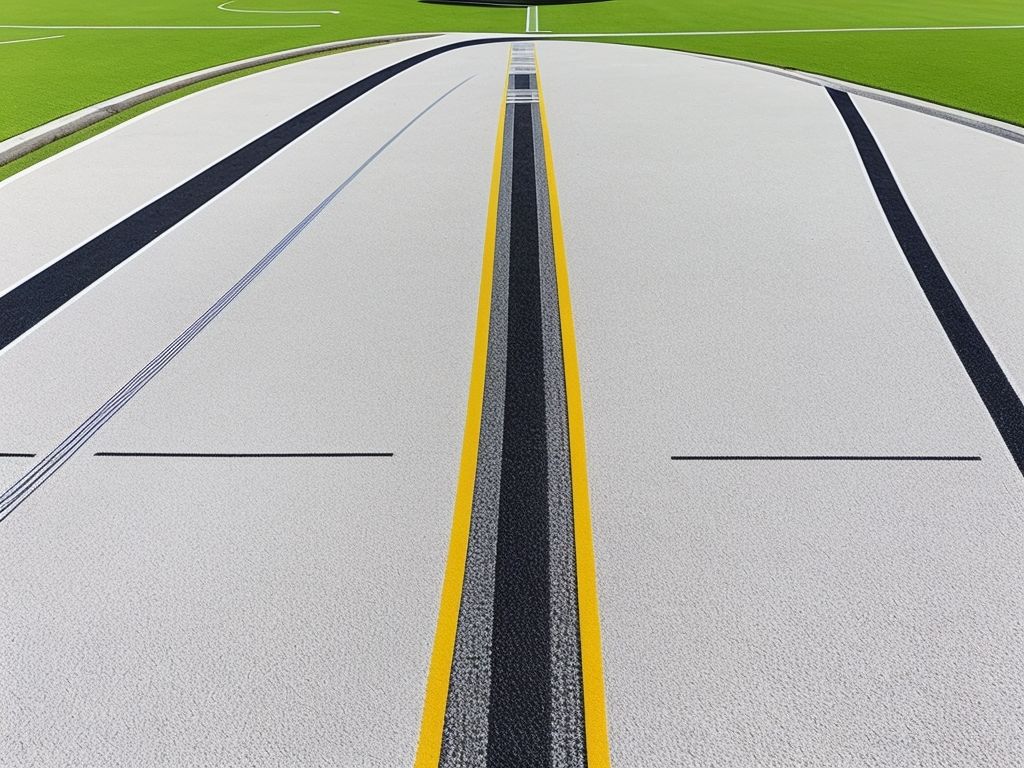
- Transform Your Track Construction with Charles Lawrence Surfaces plc

What Are the Different Types of Track Marking Paint?
Track marking paint is an essential tool for various applications, such as sports venues, industrial facilities, and warehouses. There are different types of track marking paint available, each with its own unique features and purposes. Let’s take a look at the different types in the table below:
| Type | Description | Application |
| Athletic Field Marking Paint | This type of paint is specifically designed for marking lines and boundaries on athletic fields. It is durable, long-lasting, and resistant to weather conditions. | Commonly used in stadiums, sports fields, and school grounds for games like football, soccer, and baseball. |
| Warehouse Floor Marking Paint | Designed for marking lines and creating visual organization in warehouses and factories. It is highly resistant to heavy foot and vehicle traffic. | Used in warehouses, factories, and other industrial settings to mark pathways, zones, and safety areas. |
| Temporary Traffic Marking Paint | This type of paint is used for temporary road markings, such as construction zones or detours. It is easily removable and provides clear visibility. | Used by highway authorities and construction companies to mark temporary road signs and lines. |
| Specialty Track Marking Paint | Specialty track marking paint includes fluorescent or glow-in-the-dark options for enhanced visibility during low-light conditions. | Commonly used in emergency exits, dark areas, or places where visibility is crucial. |
When choosing the right type of track marking paint, consider the specific requirements of your application. Factors such as durability, visibility, and ease of application should be taken into account.
To ensure the success of your project, always follow manufacturer guidelines and use appropriate tools and equipment. It’s also important to adhere to safety regulations and consider the environmental impact of the paint you choose.
Understanding the different types of track marking paint allows you to select the most suitable option for your needs. Consider the nature of your project, the environment it will be used in, and any specific requirements to make an informed decision.
The Application Process of Track Marking Paint
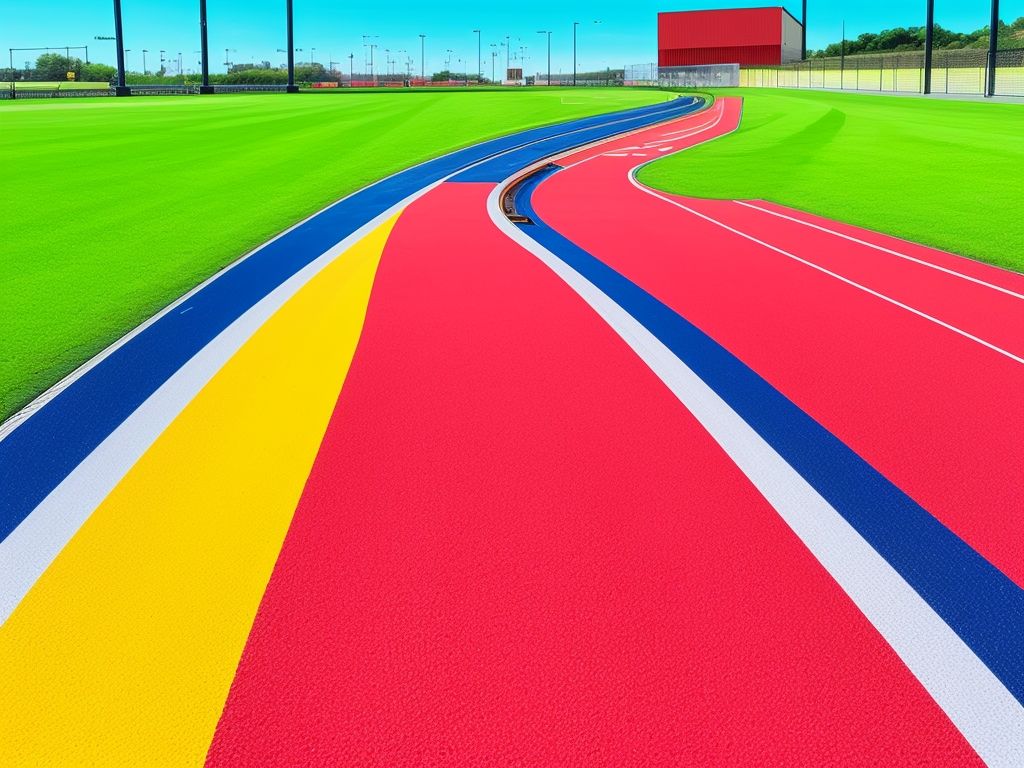
Photo Credits: Runningtrackresurfacing.Uk by Kyle Harris
The process of applying track marking paint involves several steps to ensure a successful and durable outcome.
What Tools and Equipment are Needed for Track Marking?
To perform track marking, several tools and equipment are needed. These include:
Steps to Apply Track Marking Paint
HTML
When applying track marking paint, it is important to follow a series of steps to ensure a successful application:
To ensure a successful application of track marking paint, consider the following suggestions:
Track Marking Paint in Sports
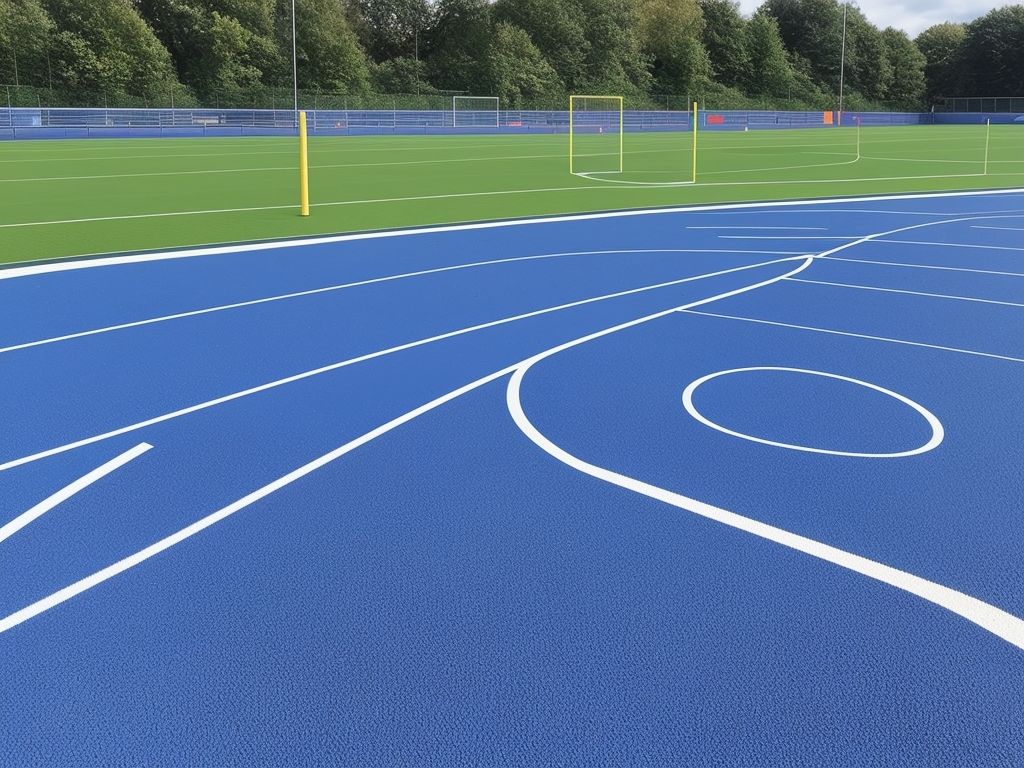
Photo Credits: Runningtrackresurfacing.Uk by Jonathan Rodriguez
When it comes to track marking paint in sports, there are several factors to consider in order to make the best choice. Here are some important points to keep in mind:
1. Durability: Look for a track marking paint that is specifically designed for sports use and has excellent durability. It should be able to withstand heavy foot traffic and the wear and tear of outdoor conditions.
2. Visibility: The paint should provide high visibility, ensuring that the lines and markings on the track are clear and easily distinguishable. This is essential for athletes, officials, and spectators to have a clear understanding of the boundaries and lanes.
3. Quick drying: Opt for a track marking paint that dries quickly. This allows for minimum disruption during games or events, as the track can be ready for use shortly after application.
4. Ease of application: Choose a paint that is easy to apply, whether you’re using a roller, sprayer, or stencil. This will help ensure accurate and consistent markings on the track.
5. Environmental friendliness: Consider track marking paint that is environmentally friendly and non-toxic. Look for paints that are water-based and free from harmful chemicals, making them safe for both athletes and the environment.
Pro-tip: Before applying the paint, thoroughly clean and prepare the track surface to ensure maximum adherence and longevity of the markings. Always follow the manufacturer’s instructions for application and maintenance to achieve the best results.
By considering these factors, you can select the right track marking paint that meets the specific needs and requirements of your sporting facility.
How is Track Marking Paint Used in Athletics?
Track marking paint is commonly used in athletics to create clear and visible lines on tracks, fields, and courts. Here are some ways in which track marking paint is used in athletics:
1. Marking running tracks: Track marking paint is used to create the lanes on running tracks. This helps athletes stay in their designated lanes during races and ensures fair competition. The paint is applied in a straight line, evenly spaced, and in vibrant colours for easy visibility.
2. Creating field boundaries: In field events such as long jump, triple jump, and high jump, track marking paint is used to indicate the boundaries and landing areas. This helps athletes determine their starting points and landing zones accurately.
3. Designating play areas: In sports like football, field hockey, and rugby, track marking paint is used to mark the boundaries of the playing field. It helps both players and referees determine if the ball is in or out of play and helps prevent disputes during the game.
4. Highlighting key areas: Track marking paint is used to mark the start and finish lines, as well as other important points such as hurdles, relay exchange zones, and baton change points. This ensures athletes know where to begin, end, and perform specific actions during their races.
5. Advertising and sponsorship: Track marking paint can also be used to display logos, sponsor names, or advertisements on the track or field. This provides an opportunity for sponsors to gain visibility and support athletic events.
Pro tip: When using track marking paint in athletics, ensure that the paint is durable, weather-resistant, and non-slip to prevent accidents and maintain visibility throughout the sporting event. Regular maintenance and reapplication may be necessary to keep the lines clear and vibrant.
What are the Safety Considerations for Sports Track Marking?
When it comes to sports track marking, safety is of utmost importance. Here are some key safety considerations to keep in mind:
By considering these safety considerations, you can ensure a safe and enjoyable sports environment for athletes and participants. Remember to always prioritize safety when choosing and applying track marking paint.
Track Marking Paint in Industrial Applications
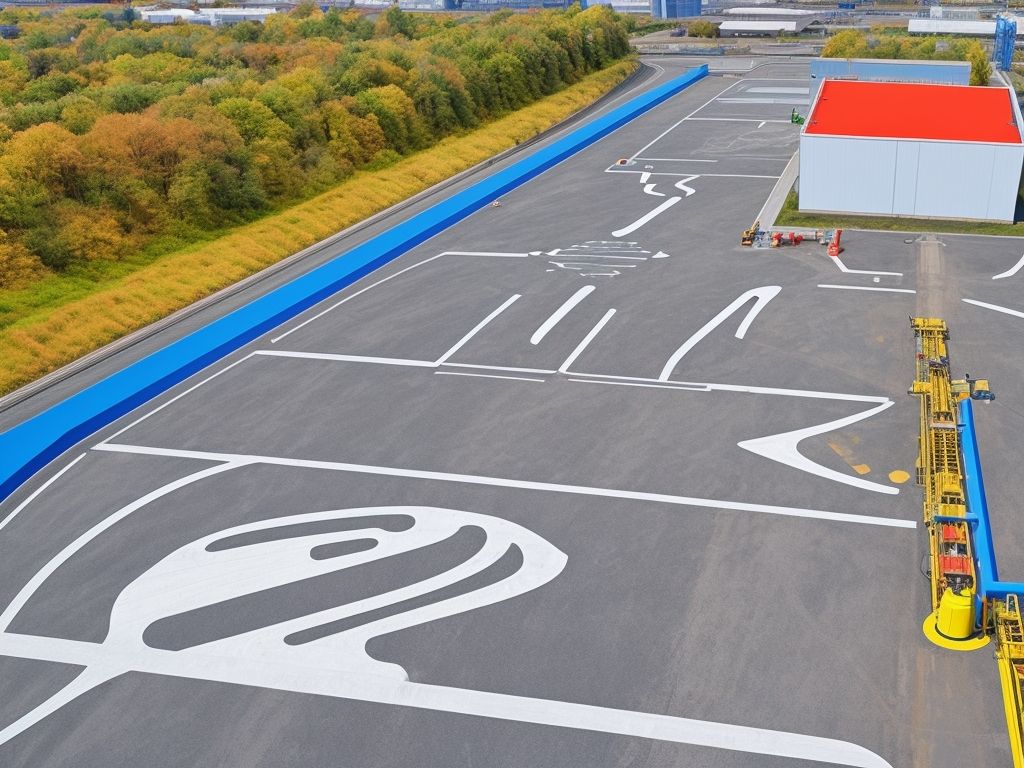
Photo Credits: Runningtrackresurfacing.Uk by Zachary Anderson
Track marking paint is widely used in industrial applications for various purposes. Here are some important points to consider when using track marking paint in industrial applications:
1. Safety: Track marking paint is essential for ensuring safety in industrial areas. It provides clear demarcation lines, guiding workers and vehicles to move safely and preventing accidents.
2. Durability: Industrial environments can be harsh, with heavy machinery, foot traffic, and exposure to chemicals. Therefore, it is crucial to choose track marking paint that is durable and resistant to abrasion, chemicals, and UV radiation.
3. Visibility: The visibility of track marking paint is crucial for its effectiveness. It should have high contrast and vibrant colours that stand out in various lighting conditions, even in low light or dimly lit areas.
4. Application methods: Different industrial applications require various application methods for track marking paint. Some paints can be applied with brushes or rollers, while others can be sprayed on. Consider the application method that suits your specific industrial needs.
5. Quick drying: In industrial settings, time is of the essence. Therefore, it is essential to choose track marking paint that dries quickly, allowing for minimal disruption to operations and ensuring that marked areas can be used promptly.
6. Long-lasting performance: Industrial operations require track marking paint that can withstand heavy use and remain visible for an extended period. Look for paints that offer long-lasting performance, reducing the need for frequent reapplication.
7. Compliance with regulations: Industrial environments often have specific regulations regarding track marking paint. Ensure that the paint you choose complies with relevant safety and regulatory standards.
By considering these factors, you can select the most suitable track marking paint for your industrial applications, ensuring safety, efficiency, and compliance.
How is Track Marking Paint Used in Warehouses and Factories?
Track marking paint is commonly used in warehouses and factories for various purposes. Here are some ways in which track marking paint is used in these environments:
1. Improve safety: Track marking paint is used to create clear markings on the warehouse or factory floors. These markings help designate specific areas for various activities such as walkways, forklift routes, loading and unloading zones, and hazardous areas. By clearly defining these areas, track marking paint helps prevent accidents and promotes a safer working environment.
2. Increase efficiency: In warehouses and factories, efficient movement of goods and equipment is essential. Track marking paint is used to create organised pathways, directing the flow of traffic and guiding employees and machinery to the right areas. This helps streamline operations, reduce congestion, and improve overall productivity.
3. Visual communication: Track marking paint can be used to convey important messages and warnings. For example, arrows can be painted to indicate the direction of travel, while symbols and signs can be used to indicate restricted areas or potential hazards. This visual communication helps ensure that everyone in the warehouse or factory understands and follows the necessary protocols.
4. Organisation and inventory control: Different colours of track marking paint can be used to distinguish between various types of storage areas or to delineate specific zones for inventory control. This allows for easy identification and retrieval of goods, minimising errors and reducing the time needed to find and locate items.
5. Maintenance and repair markings: Track marking paint is also used to mark areas that require maintenance or repairs. By highlighting these areas, warehouse or factory personnel can easily identify and address any issues, ensuring the smooth operation of equipment and infrastructure.
Track marking paint plays a vital role in warehouses and factories, enhancing safety, efficiency, and organisation. Its use helps create a well-structured and productive working environment.
What are the Safety Regulations for Industrial Track Marking Paint?
Industrial track marking paint is subject to specific safety regulations to ensure the well-being of workers and compliance with industry standards. Here are the safety regulations for industrial track marking paint:
1. Proper Ventilation: It is important to ensure adequate ventilation when using industrial track marking paint. This helps to minimize the inhalation of fumes and chemicals, reducing the risk of respiratory issues.
2. Personal Protective Equipment (PPE): Workers should wear appropriate PPE, including gloves, safety glasses, and respiratory masks, when handling and applying industrial track marking paint. This protects them from direct contact with the paint and prevents potential skin irritations or eye injuries.
3. Hazard Communication: The containers of industrial track marking paint must have clear and accurate labels that provide information about the hazardous chemicals contained. This includes proper identification of the product, warning symbols, handling instructions, and emergency contact information.
4. Storage and Disposal: Industrial track marking paint should be stored in designated areas away from other chemicals or flammable materials. Proper storage helps maintain the integrity of the paint and minimises the risk of accidents. When disposing of empty containers or unused paint, follow local regulations and dispose of them in a safe and environmentally responsible manner.
5. Training and Education: Employers should provide adequate training and education to workers on the safe handling and application of industrial track marking paint. This includes proper use of PPE, understanding hazard communication labels, and following safety protocols to prevent accidents and injuries.
By adhering to these safety regulations, companies can ensure the safe use of industrial track marking paint and create a secure working environment for employees. It is essential to prioritise safety to prevent accidents and protect the well-being of workers.
Track Marking Paint and Environmental Impact
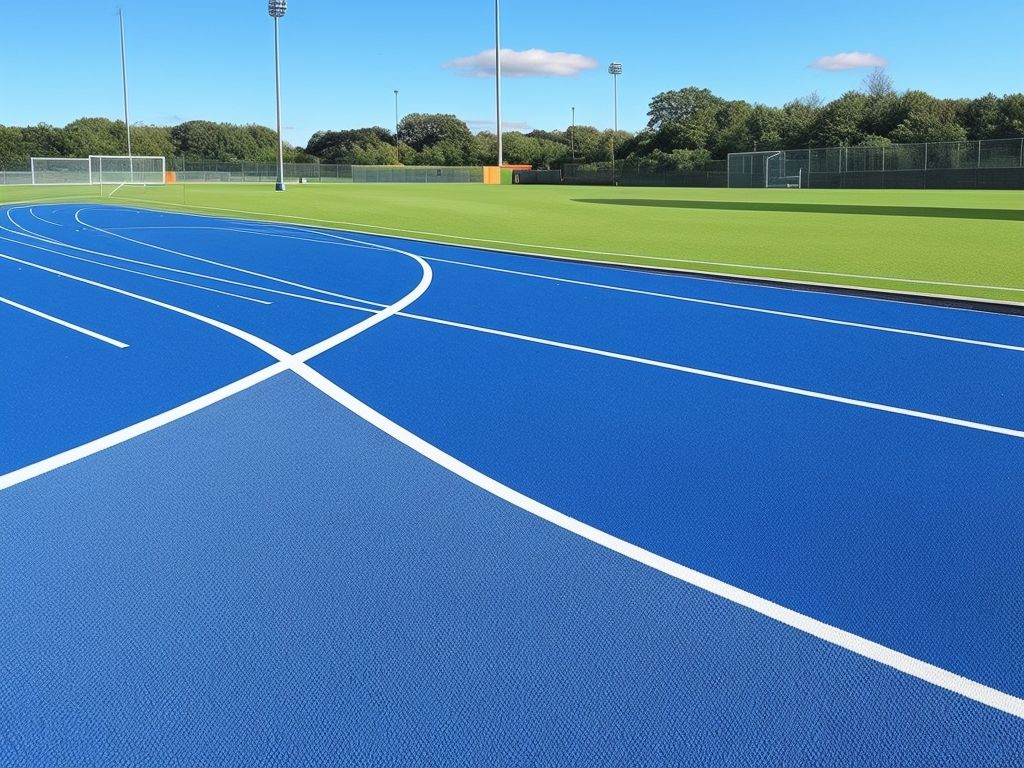
Photo Credits: Runningtrackresurfacing.Uk by Anthony Carter
When it comes to track marking paint, it is crucial to consider its environmental impact. Here are some important factors to keep in mind:
1. Water-based formulas: Choose track marking paints that are water-based instead of solvent-based. Solvent-based paints often contain harmful chemicals that can contribute to air pollution and water contamination. Opting for water-based alternatives can help reduce the environmental impact.
2. Low VOC emissions: Look for track marking paints that have low VOC (Volatile Organic Compound) emissions. VOCs are chemicals that can have detrimental effects on both human health and the environment. By selecting paints with low VOC emissions, you can minimize air pollution and promote better air quality.
3. Biodegradable and non-toxic: To further reduce the environmental impact, select track marking paints that are biodegradable and non-toxic. These paints break down naturally over time, minimizing the accumulation of harmful substances in the environment. Make sure that the paint does not contain heavy metals or other toxic components that could leach into the soil or water sources.
4. Recycling and proper disposal: Dispose of any leftover paint or empty containers properly according to local regulations. Some track marking paints can be recycled, so check if there are any recycling programs available in your area. By responsibly disposing of the paint and containers, you can help minimize waste and prevent environmental harm.
Pro-tip: When selecting track marking paint, look for eco-friendly certifications such as the Green Seal or EcoLogo, which indicate that the product meets specific environmental standards. These certifications provide assurance that the paint has been independently assessed for its environmental impact.
By considering these factors, you can make an informed choice that minimises the environmental impact of track marking paint.
Are Track Marking Paints Eco-Friendly?
Are Track Marking Paints Eco-Friendly?
In recent years, there has been a growing demand for eco-friendly products in various industries, including the field of track marking paints. As awareness about environmental conservation continues to increase, manufacturers are striving to develop and improve eco-friendly options in their product range.
What Measures can be Taken to Minimize Environmental Impact?
When it comes to minimising the environmental impact of track marking paint, there are several measures that can be taken:
By implementing these measures, track marking paint applications can be done in an environmentally-conscious manner, minimising the impact on the ecosystem and promoting sustainability.
Incorporating these practices can contribute to a greener approach and help maintain the ecological balance while continuing to benefit from the functionality of track marking paint.
Some Facts About Eagle Coatings UK:
Frequently Asked Questions
What does Eagle Waterproofing Ibérica specialize in?
Eagle Waterproofing Ibérica specializes in advanced liquid waterproofing systems.
Do their products require any priming or additives?
No, their products do not require any priming or additives, making them easy to use.
What is the wet on wet system for applying their products?
The wet on wet system allows their products to be applied in two wet layers, ensuring cost-effective efficiency.
What is the latest development from Eagle Waterproofing Ibérica?
Their latest development is COOLTOP, a specially formulated white polyurethane resin designed to reflect solar rays and provide sustainable thermal insulation.
What is the benefit of using Eagle Waterproofing Ibérica’s ULTRAFLEX membrane in PassivHaus Plus buildings?
The ULTRAFLEX membrane is designed to withstand contractions and expansions of the support structure, making it an ideal choice for waterproofing roofs in PassivHaus Plus buildings.
When will Eagle Waterproofing Ibérica be closed for vacation?
Eagle Waterproofing Ibérica will be closed for vacation from August 7th to August 27th. The last day to place orders before the closure is July 31st.
Here are some other informative articles about athletics track debt in the UK:
